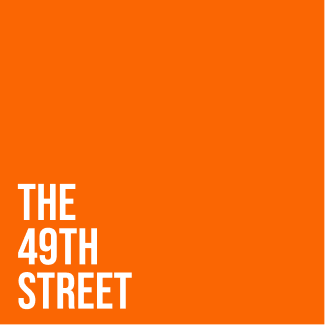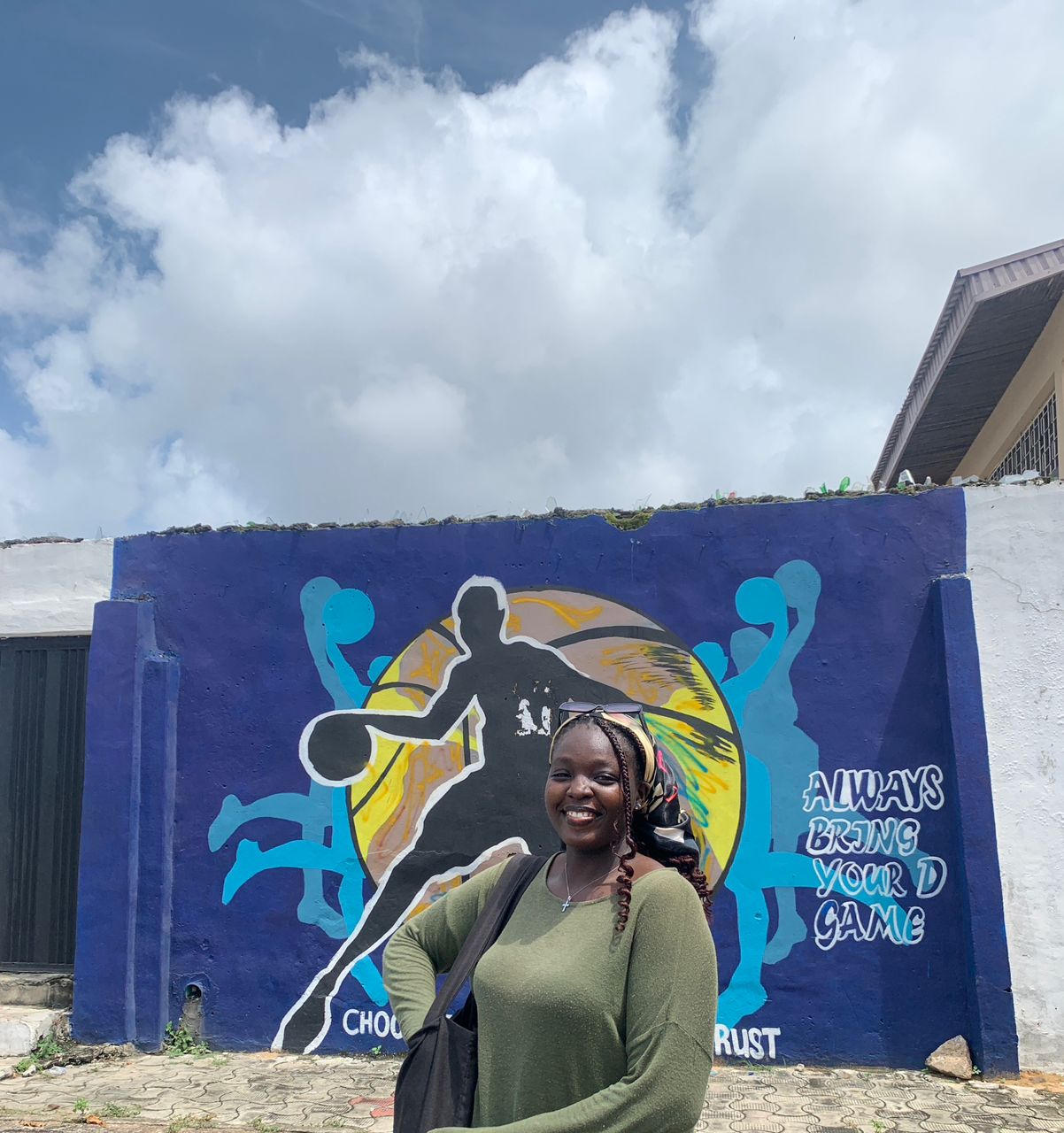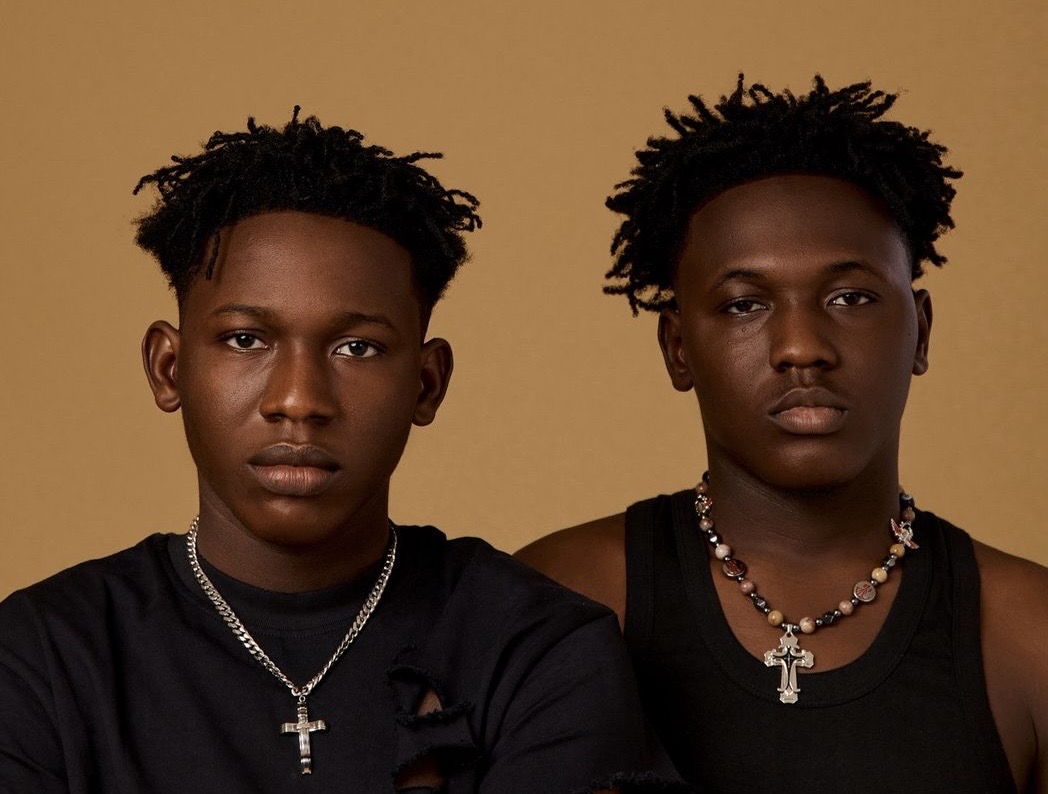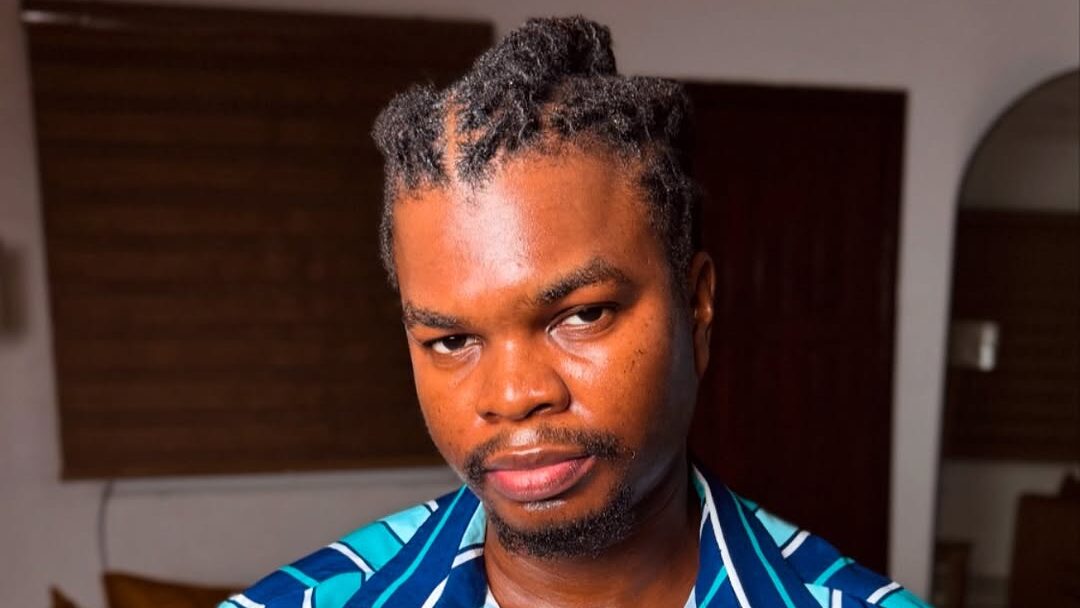In the ever evolving Nigerian art scene, a captivating realm of creativity emerges from the very fabric of the streets. Nigerian street art, with its kaleidoscope of colors, bold forms, and thought-provoking messages, has become an unmistakable symbol of expression and resilience. From the bustling streets of Lagos to the historic city of Benin, these urban landscapes have become immersive galleries, showcasing the diverse talents and narratives of a nation. Walk with me on an exhilarating expedition as we explore the awe-inspiring world of Nigerian street art, where walls come alive, voices are amplied, and the spirit of artistic rebellion thrives.
The Essence of Nigerian Street Art
Nigerian street art finds its roots in the country’s vibrant cultural heritage, intertwined with a history of political and social struggles. Emerging during the 1980s, street art became an outlet for artists to express their grievances, hopes, and aspirations in public spaces. It was a medium for challenging societal norms, sparking conversations, and reclaiming public spaces.
Our art embodies an extraordinary fusion of traditional African aesthetics and contemporary artistic techniques. The bold use of colors, intricate patterns, and symbolism all reect the rich cultural tapestry of the nation. Artists draw inspiration from their surroundings, incorporating local motifs, folklore, and historical events into their creations.
Beyond aesthetics, Nigerian street art serves as a powerful voice for marginalized communities. It amplies their concerns, sheds light on pressing issues, and provokes meaningful dialogue. Whether it’s highlighting gender inequality, political corruption, or environmental degradation, street art becomes a catalyst for change, stirring emotions and challenging the status quo.
Pioneers and Inuential Figures
Numerous talented artists have played a signicant role in shaping the Nigerian street art landscape. One of the pioneers is Yusuf Grillo, renowned for his murals that fuse traditional Yoruba motifs with contemporary themes. His works can be found adorning the streets of Lagos, captivating passersby with their vibrant colors and cultural references.
Another inuential gure is Osa Seven, whose grati and murals have gained international recognition. Osa Seven’s distinct style merges street art with pop culture, creating visually striking compositions that communicate powerful messages of unity, hope, and social justice.
Additionally, institutions like Nike Art Gallery, and the Nsibidi Institute have been instrumental in nurturing emerging talent and providing platforms for artists to showcase their works. Through workshops, exhibitions, and collaborative projects, these institutions contribute to the growth and recognition of Nigerian street art both locally and globally.
Street Art Hotspots in Nigeria
Nigeria, with its bustling cities and vibrant culture, is home to several hotspots renowned for their thriving street art scenes. These locations, such as Lagos, have become epicenters of creativity, fostering the growth of the street art movement. Lagos – The Heart of Nigerian Street Art pulsates with an electrifying street art scene. This city’s dynamic energy and diverse population provide fertile ground for artistic expression.
Neighborhoods like Festac, Oshodi, Ikeja, and Ojuelegba have emerged as street art hotspots, adorned with captivating murals, grati, and stencil art.
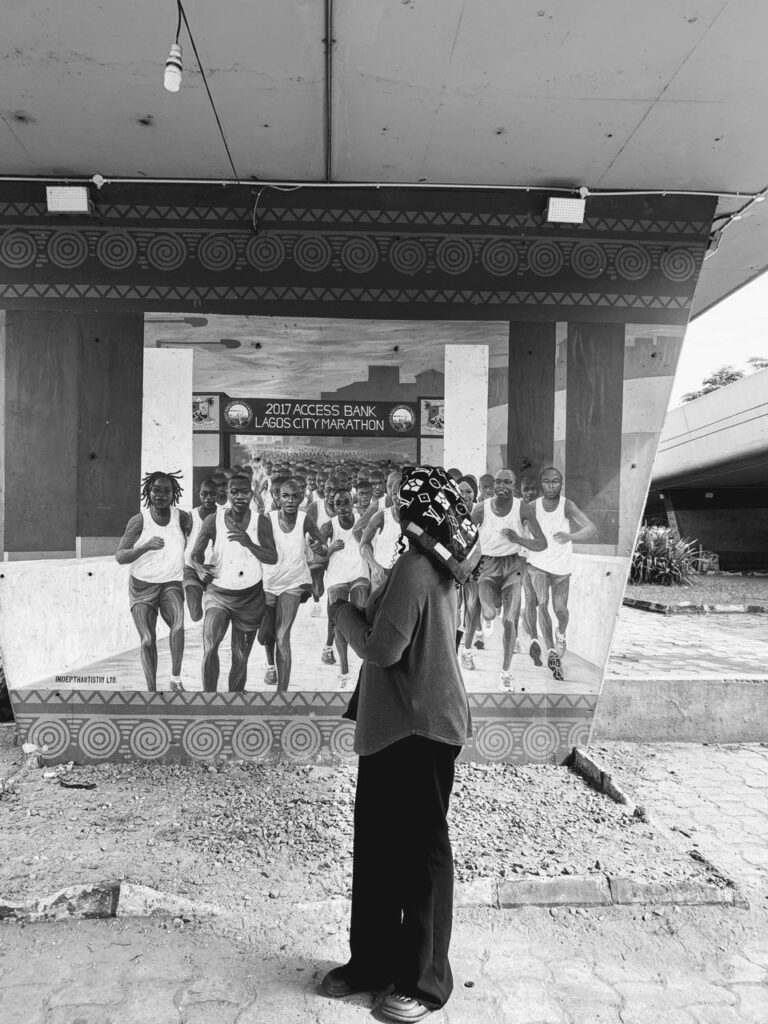
Lagos holds a special signicance in Nigerian street art as it serves as a platform for artists to address social, political, and cultural issues. The city’s vibrant streets and public spaces provide a canvas for artists to communicate their messages, engaging with a wide audience.
In the section below we delve into the signicance of these hotspots and explore specic murals that have garnered attention, becoming iconic representations of Nigerian street art.
The Contribution of Hotspots to the Street Art Movement
These street art hotspots in Nigeria contribute immensely to the growth and recognition of the street art movement in the country. They oer artists a platform to showcase their talents, share their narratives, and provoke public discourse. The hotspots become interactive galleries, inviting locals and visitors alike to engage with the artwork, creating a sense of community.
Moreover, these locations serve as meeting points for artists, fostering collaborations and artistic exchanges. They provide spaces for workshops, festivals, and exhibitions, nurturing emerging talent and elevating the visibility of Nigerian street art on a national and global scale.
Iconic Murals:
“EKO TAG” – Ozumba Mbadiwe Road, Victoria Island, Lagos.
The mural by Osa Seven emerged amidst the festivities of the Lagos@50 festival. Osa creatively employed the hashtag #EKOTAG to narrate the experiences of Lagosians and highlight how the city has fostered resourcefulness among its people on a global scale. Spanning 13 feet by 108 feet, the #EKOTAG art piece showcases signicant aspects of Lagos’ remarkable history, transforming it into a prominent grati landmark and a captivating tourist attraction within the city.
#EndSars Mural – Festac, Lagos:
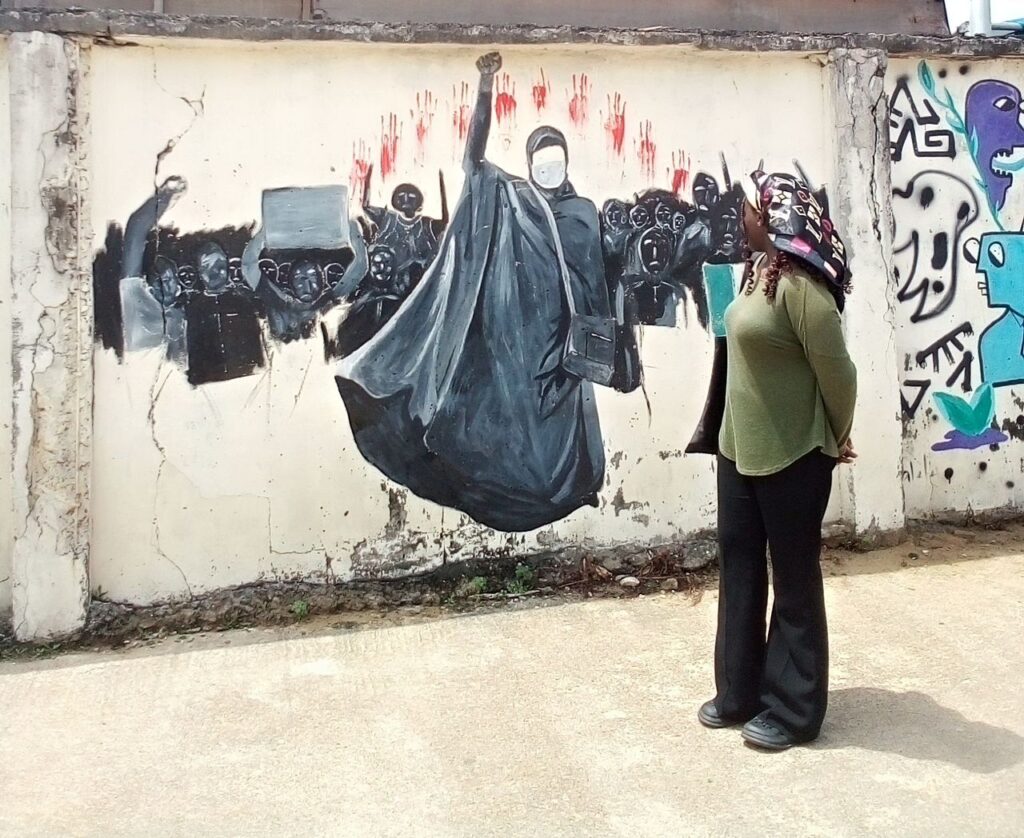
Located in the bustling neighborhood of Festac, this mural by artists Amaremo Elaebi, and Civilizedvillagrr has become an iconic representation of Nigerian street art. It depicts a crowd, with sts and placards raised in solidarity with popular activist Aisha Yesufu against police brutality in the country. The artists explored dark hues showcasing the decentralized social movement of the #Endsars and mass protest by Nigerian youths who symbolize hope, resilience, and fearlessness.
The Evolving Landscape and Challenges
As Nigerian street art continues to evolve, new generations of artists embrace various forms of expression. They explore techniques such as stencil art, wheatpasting, and 3D installations, pushing the boundaries of traditional street art.
However, the vibrant art scene faces its fair share of challenges. Street art often exists in a legal gray area, with artists navigating restrictions and the risk of having their works removed or painted over. Despite these challenges, the spirit of resilience perseveres, with artists adapting and nding innovative ways to share their art while fostering community engagement.
Nigerian street art is a testament to the indomitable spirit of creativity, resilience, and cultural pride. It is an immersive journey that invites us to explore the vivid narratives, challenging perspectives, and vibrant aesthetics of a nation, while capturing the essence of its people.
Words by Olabisi B.
